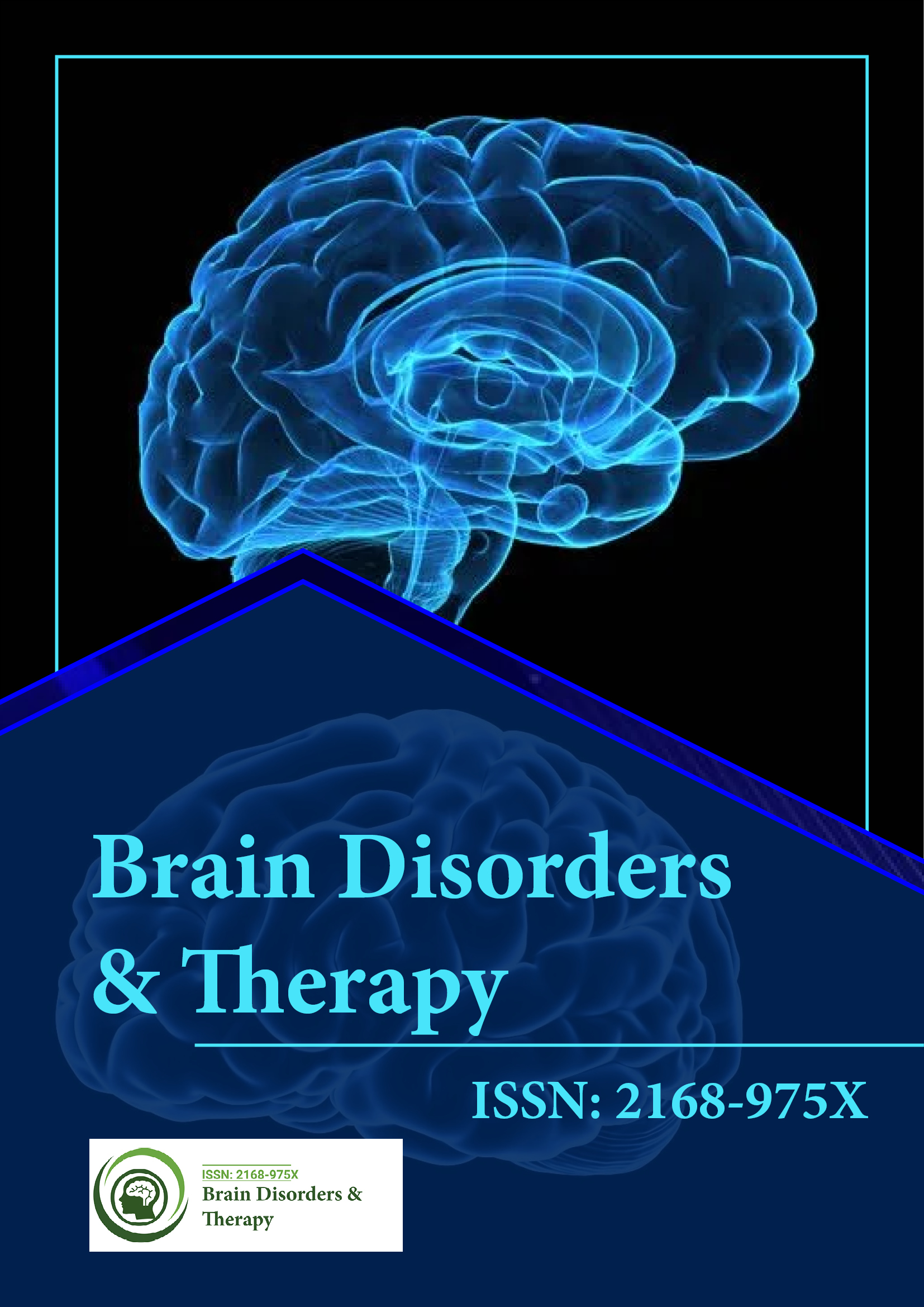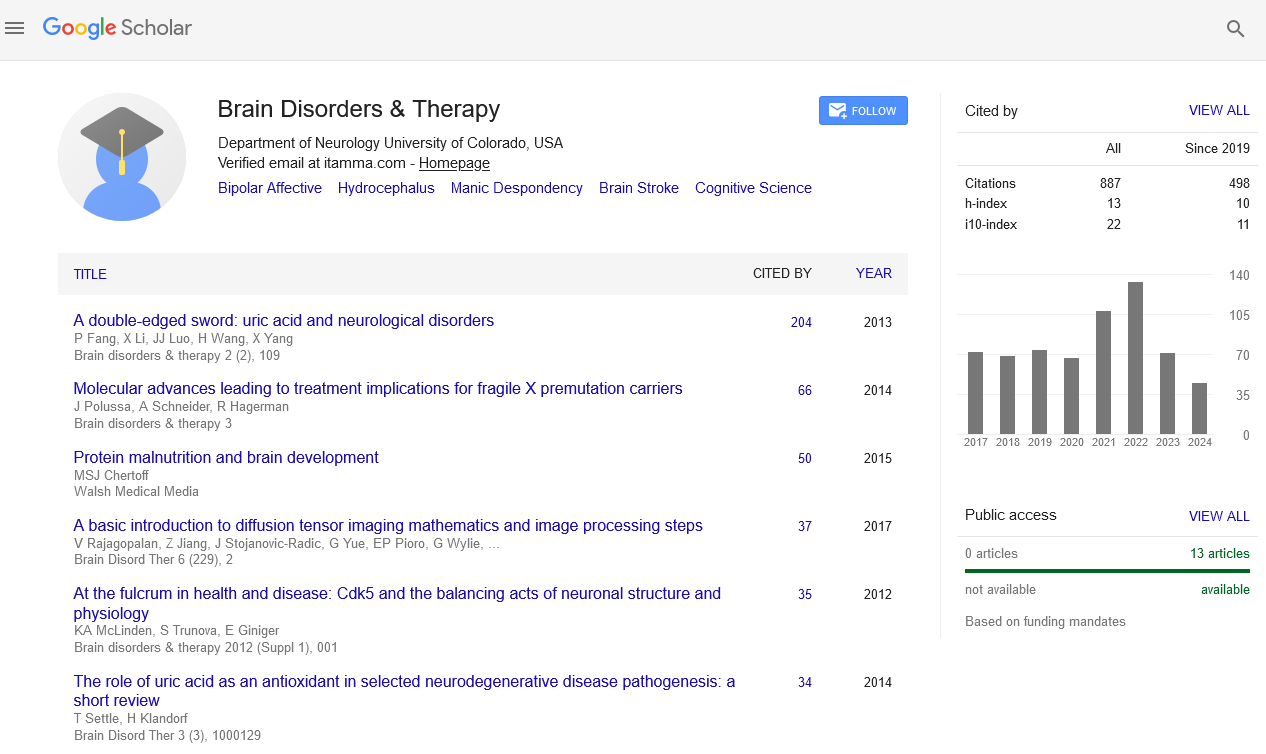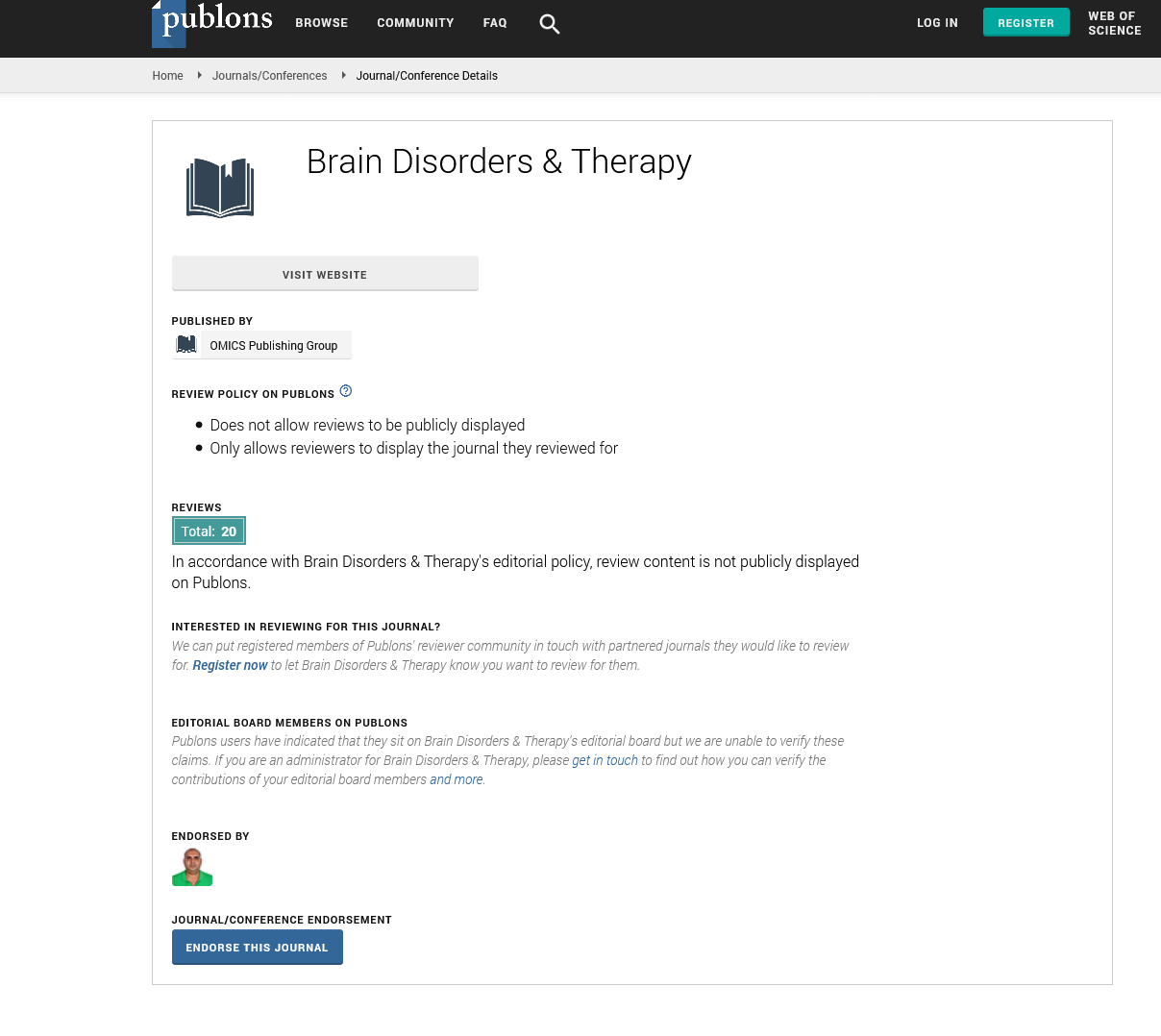Indexed In
- Open J Gate
- Genamics JournalSeek
- JournalTOCs
- RefSeek
- Hamdard University
- EBSCO A-Z
- OCLC- WorldCat
- Publons
- Geneva Foundation for Medical Education and Research
Useful Links
Share This Page
Journal Flyer

Open Access Journals
- Agri and Aquaculture
- Biochemistry
- Bioinformatics & Systems Biology
- Business & Management
- Chemistry
- Clinical Sciences
- Engineering
- Food & Nutrition
- General Science
- Genetics & Molecular Biology
- Immunology & Microbiology
- Medical Sciences
- Neuroscience & Psychology
- Nursing & Health Care
- Pharmaceutical Sciences
Perspective - (2024) Volume 13, Issue 4
Brain Activation and Craving Behaviors in Adolescents at Risk of Obesity
Andrew Lamichhane*Received: 22-Nov-2024, Manuscript No. BDT-24-27658; Editor assigned: 25-Nov-2024, Pre QC No. BDT-24-27658(PQ); Reviewed: 09-Dec-2024, QC No. BDT-24-27658; Revised: 16-Dec-2024, Manuscript No. BDT-24-27658(R); Published: 23-Dec-2024, DOI: 10.35248/2168-975X.24.13.285
Description
The global rise in obesity, particularly among adolescents, has become a critical public health issue, with long-term implications for physical and mental health. One of the most concerning aspects of this trend is the role of brain mechanisms in shaping eating behaviors, especially in individuals with excess weight. Adolescents, who are in a critical developmental phase, are particularly vulnerable to environmental and neurobiological factors that influence food-related decision-making. Recent research highlights how brain activation patterns during food related decision-making tasks are altered in adolescents with excess weight, shedding light on the link between neural activity, subjective cravings and eating behavior.
Food cravings are intense desires to consume specific foods and are often driven by environmental cues, such as the sight or smell of palatable food. In individuals with excess weight, these cravings are amplified, often leading to overeating and weight gain. Neuroimaging studies have revealed that specific brain regions, including the Orbitofrontal Cortex (OFC), insula, striatum and amygdala, play critical roles in the processing of food-related stimuli. These regions are involved in evaluating the rewarding properties of food, integrating sensory cues and regulating emotional responses to food.
In adolescents, the heightened responsiveness of these regions to food cues can be particularly problematic. Adolescence is characterized by ongoing maturation of the prefrontal cortex, which governs self-regulation and decision-making. During this period, the brain's reward systems are highly sensitive, making adolescents more susceptible to external stimuli, including food related cues. For those with excess weight, this heightened sensitivity is often coupled with reduced regulatory control, creating a cycle of cravings and overeating.
Neuroimaging studies using functional Magnetic Resonance Imaging (fMRI) have demonstrated that adolescents with excess weight exhibit increased activation in reward-related brain regions, such as the OFC and striatum, when presented with high-calorie food choices. This heightened activation suggests that these individuals experience stronger reward signals in response to food cues, which may drive their eating behavior.
Importantly, this increased brain activation is not solely a response to hunger. Studies have shown that even when satiated, adolescents with excess weight exhibit elevated neural responses to palatable food stimuli. This phenomenon indicates that their brains may be more "wired" to prioritize food-related rewards, independent of physiological need.
The insula, a region associated with the sensory and emotional aspects of food, also shows increased activation in adolescents with excess weight. This heightened activity suggests that these individuals may experience stronger sensory and emotional responses to food, amplifying cravings and making it harder to resist tempting options.
The increased activation of reward-related brain regions in adolescents with excess weight is closely linked to subjective food cravings. Self-reported measures of craving often correlate with neural responses in regions like the OFC and striatum, highlighting the interaction between brain activity and perceived desire for food. Adolescents who report higher cravings tend to exhibit stronger brain activation when presented with highcalorie food choices, suggesting a reinforcing feedback loop between craving and neural responses.
Behaviorally, these neural patterns translate into real-world eating habits. Adolescents with heightened brain activation in response to food cues are more likely to make high-calorie food choices and exhibit less dietary restraint. Over time, these patterns contribute to weight gain and make it challenging to adopt healthier eating behaviors.
Moreover, the inability to resist cravings is often compounded by the reduced activation of brain regions involved in selfregulation, such as the prefrontal cortex. In adolescents with excess weight, the balance between reward-driven impulses and regulatory control is often skewed, leading to impulsive eating and difficulty adhering to healthy eating guidelines.
Understanding the neural mechanisms underlying food choice and cravings in adolescents with excess weight has important implications for designing effective interventions. Traditional approaches to weight management, such as diet and exercise programs, often fail to address the neurobiological factors driving overeating. By targeting the brain's reward and selfregulation systems, interventions can become more tailored and effective.
Conclusion
The relationship between brain activation, food cravings and behavior in adolescents with excess weight is a complex interaction of neural, psychological and environmental factors. Increased activation of reward-related brain regions amplifies cravings and influences eating behavior, creating challenges for weight management. By revisiting the neurobiological basis of foodrelated decision-making, researchers and clinicians can develop more targeted and effective interventions. Addressing these neural mechanisms alongside environmental and social factors offers a promising path toward mitigating the obesity epidemic and improving the health outcomes of adolescents at risk.
Citation: Lamichhane A (2024). Brain Activation and Craving Behaviors in Adolescents at Risk of Obesity. Brain Disord Ther. 13:285.
Copyright: © 2024 Katsumi M. This is an open-access article distributed under the terms of the Creative Commons Attribution License, which permits unrestricted use, distribution, and reproduction in any medium, provided the original author and source are credited.


